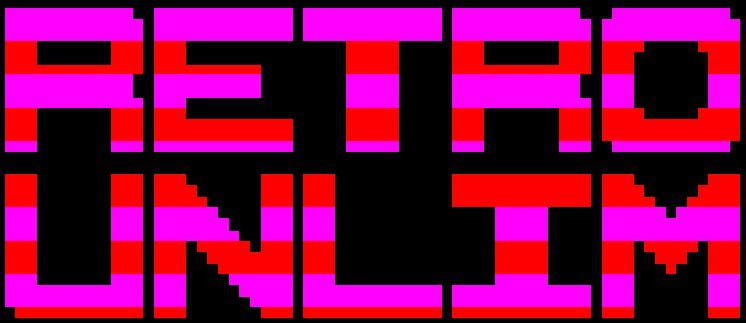Retro Windows9x and XP Gaming On Modern Computer Hardware – It somehow works best on a Mac, Really?
Lactobacillus Prime
#Windows #Apple #Parallels
Playing videogames is possible on just about ANY device these days. That’s only new games though. Old games is a different story.
My new iPad can’t play some of the classics cave Chumps that are on my old iPad because the iOS/ipadOS has dropped 32bit software support. To play those games I need the old iPad itself.
With PCs and computers it’s the same. The old hardware works best. If that is still working. Solutions for missing or broken hardware are to be had in new hardware implementations using original/new parts or even FPGA (field programmable gate array) and software emulation.
Playing current gen Windows games on a different OS is easier than playing old Windows games on Windows. You don’t even need the same processor. With help pf CPU emulators (Intel to ARM (Rosetta and Microsoft’s decompiler) that translate the code on the fly within a Windows compatible operating system environment(Proton, Wine) on the non Windows computer a lot of games just work.
Highest compatibility is when you run real Windows, it needs either a real PC or hardware virtualization like VMWare, VirtualBox, Parallels (on Mac) or hypervisor implementations like Progmox to name a few. With these the virtual machine gets a slice of processing power and an abstraction of the real hardware the PC consists of. For old games / Ones there’s the downside that modern hardware real or virtualized often doesn’t support older operating systems due to lack of drivers.
With MS-DOS games you can get away without virtualization, resorting to emulation for a speedy and compatible experience. DOSBox for example provides decent compatibility and some versions even allow for 3DFx Voodoo2 3D acceleration. It gets away with emulating the bare minimum hardware required for DOS to run on.
Emulating older Windows is more involved. You need a complete older PC. PCEm emulates an entire PC in software without virtualization & that makes it complete but slow. Only early 3D graphics cards have been implemented with the most advanced models being Voodoo 3000. PCEm provides excellent 3Dfx / Glide support but with DirectX it all falls short as direct 3D isn’t really supported beyond 7.x or 8.1. Sadly the development of PCEm was stopped, largely due to toxic elements within the retro gaming / emulation community. A fork of the emulator has been in development, 86Box, it strives to be complete but this newer emulator is actually a fair bit slower in operation than the original PCem (last version being v17).
I tried installing Windows9x/XP on PCem and 86Box and even on high end Ryzen systems you can’t really go beyond anything Pentium II/266Mhz or something like that. And the emulation will not be running at a consistent speed. 3Dfx will run slower and at a less consistent speed than the real hardware. Emulating a single PC takes a lot of horse power.
So can Hardware virtualization softwares support old software in som e way? VMWare and VirtualBox, QEMU are available for many different operating systems, sadly Windows9x / XP hardware acceleration support is lacking in newer versions of these programs and / or support is only available on Nvidia graphics cards (Linux QEM) which almost seems contrary to the relationship Linux and Nvidia have had for years. 3D Hardware acceleration within virtual machines has gotten a lot of tracktion over the years with a lot of research papers having been written about it yet no real turn key solution is available.
So on PC / Mac the only decent Windows9x 3D3 DirectX/Glide support is possible with PCEm and 86Box (the latter having current MacOS ports available, PCEm doesn’t have easily accessible binaries).
A solution, at least for Windows XP and 3D graphics is Parallels. With that
Windows XP actually runs best on Mac. Parallels provides excellent driver support for Windows XP 3D graphics, it does Windows9x 2D graphics well but no 3D. It also works amazingly with new software. Parallels is the same software that allows the new M1/M2 Apple Silicon to run ARM Windows 11 with 3D hardware acceleration allowing for many Direct X11 titles to run very well.
So Windows XP runs amazingly well and solid on Parallels, even on a lowly 4Gb MacMini 2014.
Thanks for watching – LactobacillusPrime

My Twitter:
My Facebook:
https://www.facebook.com/LactobacillusPrimeRetroGaming
My Instagram:
https://www.instagram.com/lactobacillus_prime
NOTICE:
“Copyright Disclaimer Under Section 107 of the Copyright Act 1976, allowance is made for “fair use” for purposes such as criticism, comment, news reporting, teaching, scholarship, and research. Fair use is a use permitted by copyright statute that might otherwise be infringing. Non-profit, educational or personal use tips the balance in favor of fair use.”















